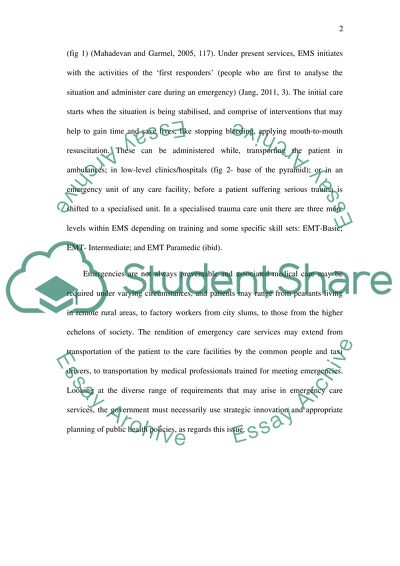Cite this document
(“Setting up an Emergency Care Centre in Abuja, Nigeria Essay”, n.d.)
Retrieved de https://studentshare.org/health-sciences-medicine/1392317-setting-up-an-emergency-care-centre-in-abuja-nigeria
Retrieved de https://studentshare.org/health-sciences-medicine/1392317-setting-up-an-emergency-care-centre-in-abuja-nigeria
(Setting up an Emergency Care Centre in Abuja, Nigeria Essay)
https://studentshare.org/health-sciences-medicine/1392317-setting-up-an-emergency-care-centre-in-abuja-nigeria.
https://studentshare.org/health-sciences-medicine/1392317-setting-up-an-emergency-care-centre-in-abuja-nigeria.
“Setting up an Emergency Care Centre in Abuja, Nigeria Essay”, n.d. https://studentshare.org/health-sciences-medicine/1392317-setting-up-an-emergency-care-centre-in-abuja-nigeria.


